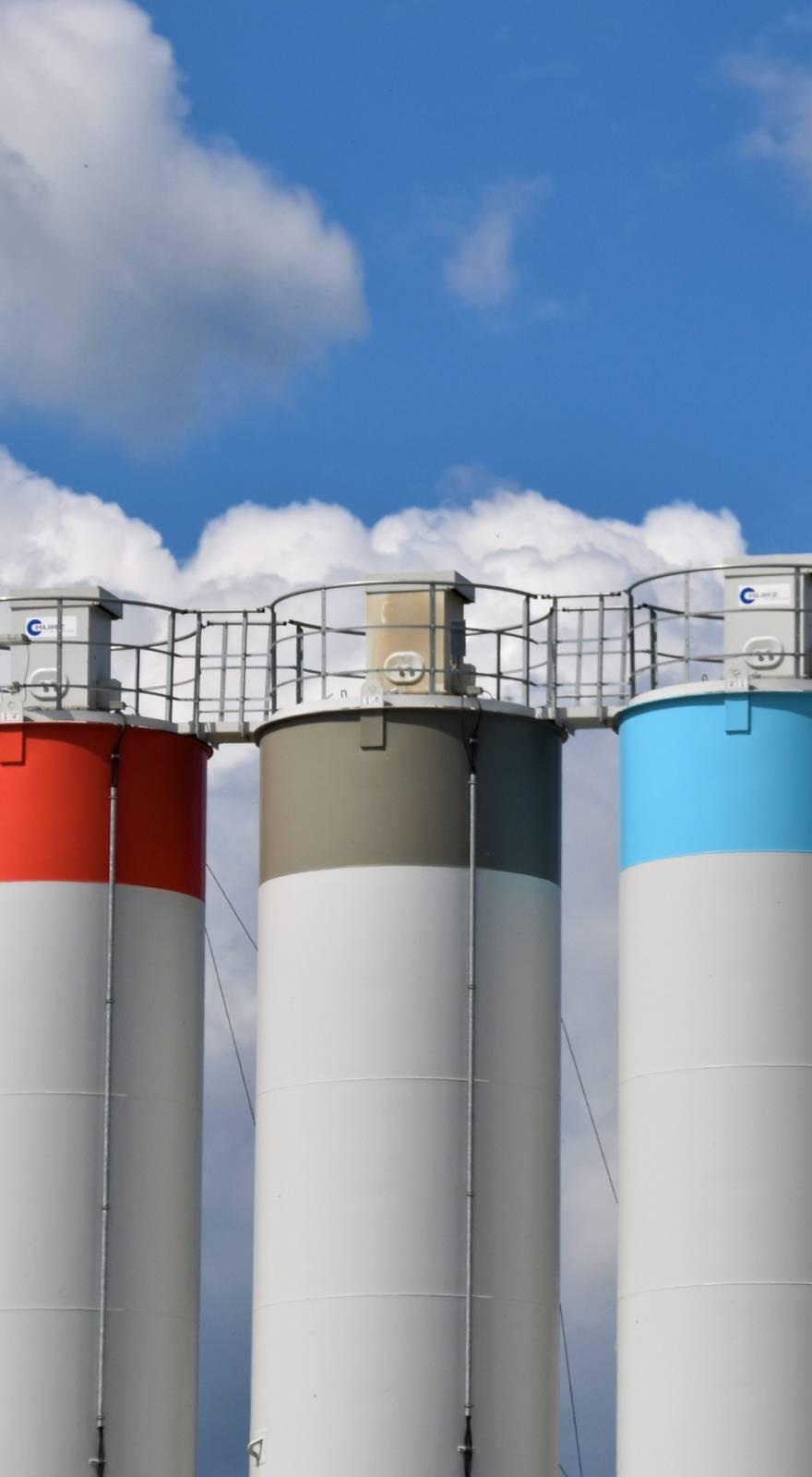Knowde Enhanced TDS
Identification & Functionality
- Chemical Family
- Chemical Name
- Base Chemicals Functions
- Industrial Additives Functions
- CAS No.
- 7722-84-1
- EC No.
- 231-765-0
- Product Families
Features & Benefits
- Product Highlights
H2O2 is Widely Used
Since it was first commercialized in the 1800s, hydrogen peroxide production has now grown to over a billion pounds per year (as 100%). In addition to pollution control, hydrogen peroxide is used to bleach textiles and paper products, and to manufacture or process foods, minerals, petrochemicals, and consumer products (detergents). Its use for pollution control parallels those of the movement itself municipal wastewater applications in the 1970s; industrial waste/wastewater applications in the 1980s; and more recently, air applications in the 1990s. Today, hydrogen peroxide is readily available throughout the U.S. in the drum, tote, mini-bulk, and bulk quantities in a variety of concentrations.
H2O2 is Powerful
Hydrogen Peroxide is one of the most powerful oxidizers known stronger than chlorine, chlorine dioxide, and potassium permanganate. And through catalysis, H2O2 can be converted into hydroxyl radicals (•OH) with reactivity second only to fluorine.
H2O2 is Safe
Despite its power, H2O2 is a natural metabolite of many organisms, which decompose the H2O2 they produce into oxygen and water. H2O2 is also formed by the action of sunlight on the water a natural purification system for our environment. Consequently, H2O2 has none of the problems of gaseous release or chemical residues that are associated with other chemical oxidants. And since H2O2 is totally miscible with water, the issue of safety is one of concentration. Industrial strength H2O2 is a strong oxidizer and as such requires special handling precautions.
H2O2 is Versatile
The fact that hydrogen peroxide is used for seemingly converse applications proves its versatility. For example, it can inhibit microbial growth (as in the biofouling of water circuits) and encourage microbial growth (as in the bioremediation of contaminated groundwaters and soils). Similarly, it can treat both easy-to-oxidize pollutants (iron and sulfides) and difficult-to-oxidize pollutants (solvents, gasoline, and pesticides).
H2O2 is Selective
The reason why hydrogen peroxide can be used for such diverse applications is the different ways in which its power can be directed — termed selectivity. By simply adjusting the conditions of the reaction (e.g., pH, temperature, dose, reaction time, and/or catalyst addition), H2O2 can often be made to oxidize one pollutant over another, or even to favor different oxidation products from the same pollutant.
Applications & Uses
- Markets
- Applications
- Applicable Processes
- Base Chemicals End Uses
- Industry Applications
- Landfills
- Oil refining
- Mining / metallurgy
- Machining
- Textiles
- Power production
- Composting
- Potable water
- Chemicals and resins
- Food processing
- Electronics
- Pulp and paper
- Timber products
- Hazardous wastes
- Site remediation
- Municipal wastewater
- Applications
- Odor and corrosion control
- Supplemental dissolved oxygen
- Cooling tower and process water treatment
- NOx abatement
- Sewer odor and corrosion control
- Hydrogen sulfide control
- Biosolids

